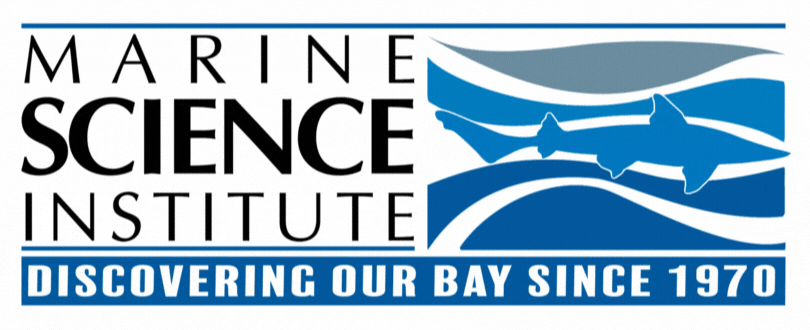The Mokelumne Current - Lodi Watershed pt.1
- Marine Science Institute

- Jun 22, 2022
- 3 min read
We are so fortunate to work with children from all over the greater SF Bay. Students from Lodi participate in a program called City of Lodi Watershed Program and explore different aspects of their watershed. Read on to hear their words as they explore the Bay topside from our Big Blue Boat!
Marine Science Institute gives a hands-on look at the wonders of San Francisco Bay.
Written by: Isaiah Mansaray
JOE SERNA JR. CHARTER SCHOOL

Me, my classmates, my Spanish teacher Mrs. Azevedo, and my science teacher Ms. Jacinto have been able to go on the MSI trip at the San Francisco Bay. For those who don’t know, the MSI trip is an amazing trip where students from all kinds of schools and grades are able to experience the wonders of the San Francisco Bay. From where we are now (Lodi, California) it takes an average of four hours to get there and back, but every second was worth it. The trip there was entertaining for sure, but that was nothing compared to the experience we had on the boat. Once we got there we sat down and ate lunch. Besides finding a dead crab and dog coming over to say hello, nothing too interesting happened while we were waiting. It was finally time. We got our life jackets and we boarded the ship. Once inside, we got the breakdown of what was going to happen. They explained to us the safety rules and what to do in case of an emergency, after which we got time to explore the inside of the ship. I guess it was a little more chaotic than it usually was, and for someone who doesn’t get seasick it’s fine, but for my peers who don’t feel the same way it wasn’t so great. We eventually started our first activity, my group at least. Oh yeah, I forgot to mention, but we were all split up into three groups, each one being captained by a different scientist. Ours in this case was Maria. Anyway, at the back of the boat was the place where we would catch fish and examine them. They needed volunteers to throw the net over and me and my classmate, Diana, volunteered to do the job. After we had thrown the net over, the people in our group who didn’t throw the net over, with help from one of the other groups, pulled in the net. It was really cool. Before we pulled in the net, they talked to us about all this sea wildlife. We ended up catching a bat ray, commonly misassociated with the stingray. After that, we went to the front of the boat and pulled up some water we got from dropping containers into the bay. We went inside, which was very appreciated after we had to spend the entire fishing station outside, with our hands in cold water, freezing. So let’s just say it was so nice to finally go inside. After we got inside our scientist, Maria, put the water under a microscope and we saw a huge variety of different plankton, and this is what I want to focus on here today. Before this trip, I

just always kind of figured plankton just tried to steal the Krabby Patty
formula, but they do so much more than that. Unlike common belief, trees are not the main source of oxygen on planet Earth; it’s actually plankton. Plankton actually produce 70-80% of the world’s oxygen, amazing right? I was shocked, maybe because I was made to believe that plankton were reliant on their robot wife Karen. I also learned how necessary plankton are to other animals’ diets. Many small fish eat them and use them as nutrients to get bigger. Not only that, plankton account for about half of all photosynthesis in the world. Marria, our leader, told us all of the different plankton in the world, phytoplankton, zooplankton, meroplankton, and holoplankton, the last two being a subcategory of zooplankton. Phytoplankton are some of Earth’s most critical organisms. They are good nutrients for other sea life and are the plankton that produce the most oxygen. Then there’s zooplankton. Zooplankton are tiny little organisms that go wherever the current takes them. Of course they can swim a little, but it really doesn’t matter because of how weak they are. Zooplankton are usually tiny little animals like shrimp or baby fish. Then there’s meroplankton and holoplankton, the main difference between them being their lives and what they will become. Meroplankton, unlike holoplankton, will eventually become an animal such as a starfish, sea urchins, fish, etc. On the other hand there’s holoplankton: Plankton who will be plankton for their entire lives and not evolve in to anything else. Each and every one of these planktons are important and all interesting to learn about. I would like to thank the MSI scientists and my school for letting us go to such a cool trip.
Posted in Mokelumne Current, Watershed Education







Need to tackle your DNP project? https://www.nursingpaper.com/dnp-writing-services/ gave me top-notch support. My writer helped structure my practice improvement plan, found peer-reviewed articles, and presented a compelling argument. Their understanding of doctoral-level expectations is unmatched. I’d trust them again without hesitation.